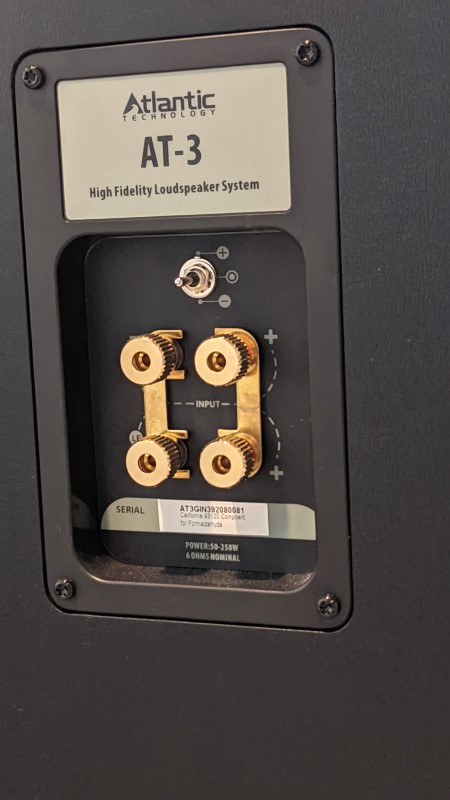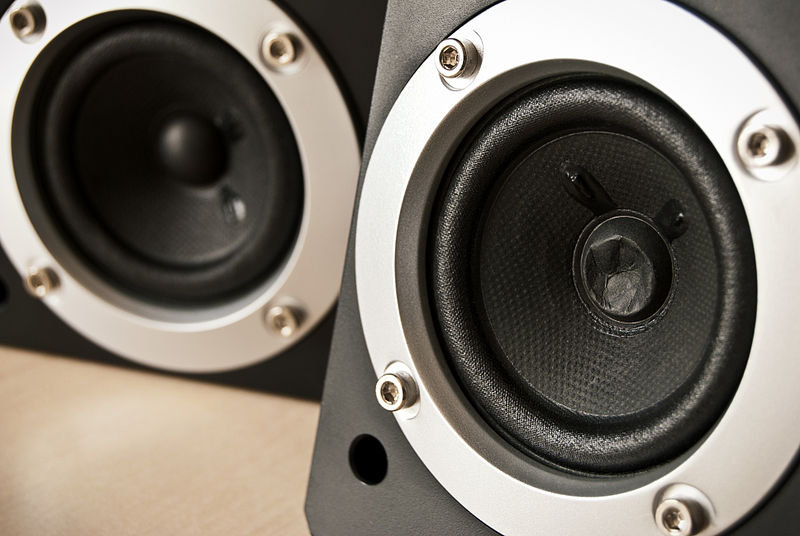How to Test a Speaker You Think is Broken
Something is wrong. One of your speakers just sounds strange. You are not sure what it is, but you’re sure it didn’t sound this way before. Did you break one of your speakers? How would you know? Let’s discuss how to test if a speaker is broken.
Author’s Note: We’ve already discussed how to test what is wrong when your speaker is making a strange noise. This article is addressing when your speaker either stops making sound or when it seems part of the frequency response is missing.
Check Your Wires (Yes Again)
First double/triple check speaker wire connections. Yes, we know you already checked them. Yes, we know you are sure they are okay. But you are going to need to check them again. If you think your speaker may be broken, the first thing that we always do (even if we have recently checked) is check the wires.
The thing is, wires cause most of the issues with our speakers. One stray copper strand can cause a speaker to short and our receiver to go into protection mode. If you have run your wires inside the wall, it is easy to forget where they are and put a nail through them when hanging a picture. If you have animals, they can get chewed on. We are sure the other people in your house don’t care as much as you do about your speaker wires. They might have damaged them with a vacuum cleaner or something else. Check them again.

Before You Begin
Before you begin, you’ll need to have some test audio on hand. It doesn’t matter what it is. All that matters is that it consistently reveals the problems with your speaker. If your speaker is obviously broken, it can be anything. But if it is more subtle, you’ll want to pick something that shows the problems clearly and quickly. This will make testing your broken speaker much easier.
For the remainder of this article, we are going to pretend that the front left speaker in your system is the one that sounds like it might be broken. Let’s begin.
Swap Wires
If you are sure your wires are okay, it’s time to start eliminating potential sources of the problem. To test if your front left speaker is broken, identify another speaker that is working properly. In this case, we’ll pretend that it is your front right speaker. Remove your right speaker from its wire and connect it to the front left wire. Take the front left speaker and connect it to the front right wire. DO NOT detach or swap the wires on the back of the amp or AV receiver. Play your test audio.
This test will reveal if the problem is the speaker or farther up the audio chain. Play your test audio. If “working” speaker stops working (in this case, the right speaker that is now connected to the left channel), it is the amplifier or AV receiver (or the wire, check again). Yeah! Your speaker isn’t broken…but also boo…you probably need a new AV receiver or amp. If the left speaker still sounds bad on the right side and the right speaker sounds fine on the left side, then the problem is the speaker. Let’s take a closer look.
Did Something Come Loose?
If you didn’t already, take a closer look at the back of your speaker. Some speakers (see below) have multiple binding posts. Between the two (or sometimes three) red posts there should be some sort of jumper. Same with the black posts. If you are missing this jumper (or if it has come loose), this is a problem. If you are noticing that all the treble or bass has disappeared from your speaker, a missing or disconnected jumper is a possible cause. Reconnect the jumper and test your broken speaker again.

Double Check Any Switches
When testing a potentially broken speaker, you’ll want to take note of any switches on the back. Many speakers (specifically center speakers but sometimes others) will have switches. These switches will adjust the crossover within the speaker to modify the output. This is usually to counteract speakers being placed too close to walls or surfaces. The effect will usually attenuate or boost the treble or bass. Double-check any speaker with rear switches that they haven’t been tampered with (especially common when you have small kids).
Physical Damage
You may think the next step is to look for physical damage. If your speakers had physical damage, that would sound different than what we are describing here (and is covered in our other article). A driver that is “blown” (or stops working) usually has damage that isn’t visible to the naked eye. You won’t be able to look at the cone and see the damage.

What you can do is play your test audio and place your ear very near (we are talking inches) from each driver in your speaker. You want to try and hear any audio coming from that driver. If you hear no sound from the driver, then you have identified the source of your issue. The same is true if the audio is super low or distorted. Either way, you’ll need to contact the manufacturer for either a warranty replacement or advice on where to get parts.
Wrap Up
Once you’ve identified that something within your speaker is broken through your tests, you are not done. Finding out that one driver isn’t playing doesn’t necessarily mean that the driver is broken. It could be that some of the internal wiring has become disconnected. It could be that the crossover has somehow been damaged. There are a number of things that could be wrong inside the speaker to cause your issue. But you should never open a speaker if it is under warranty without consulting your manufacturer. Even if it is out of warranty, we’d recommend contacting them first. If they won’t or can’t help you, then it is time to start taking things apart and replacing drivers. Good luck!


